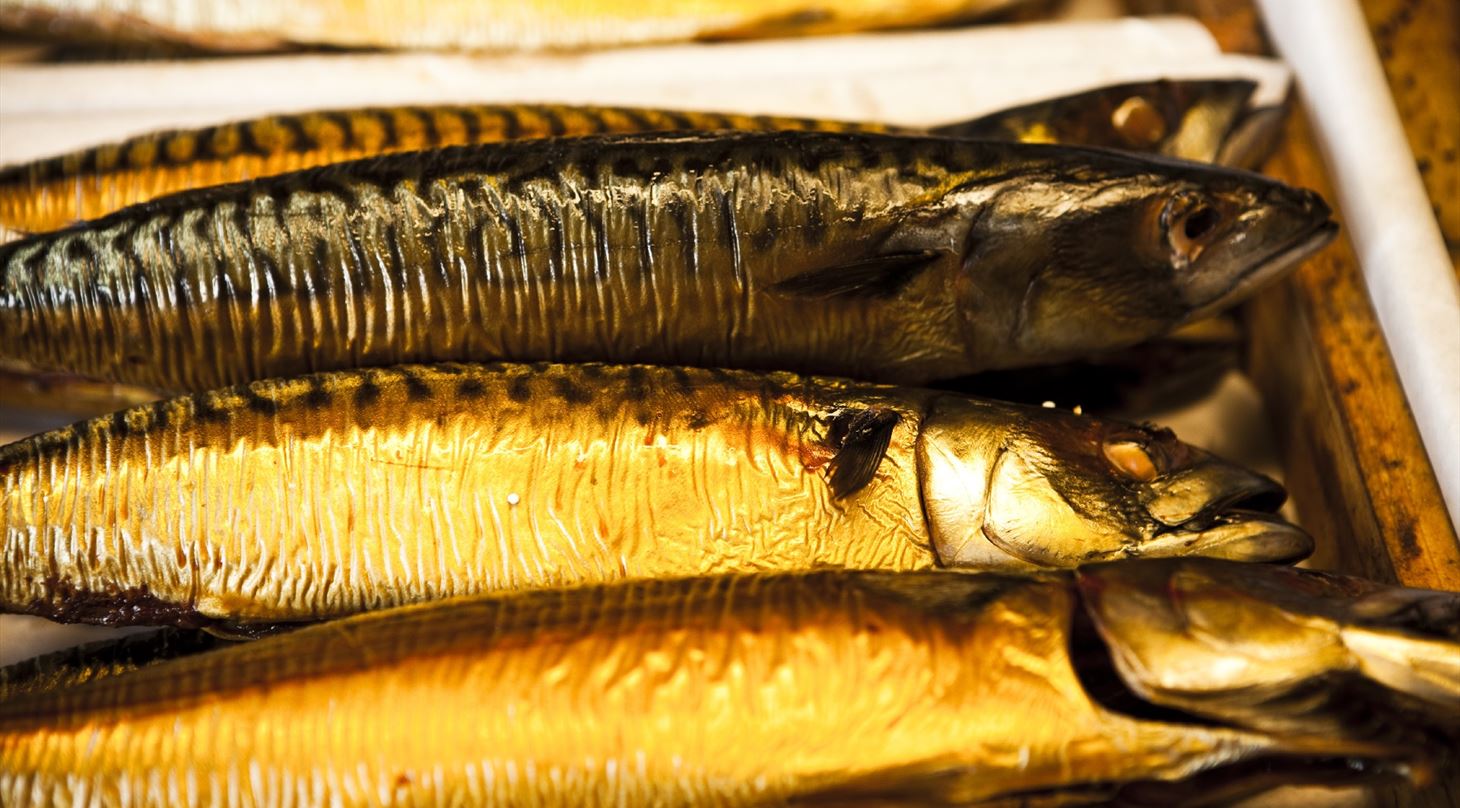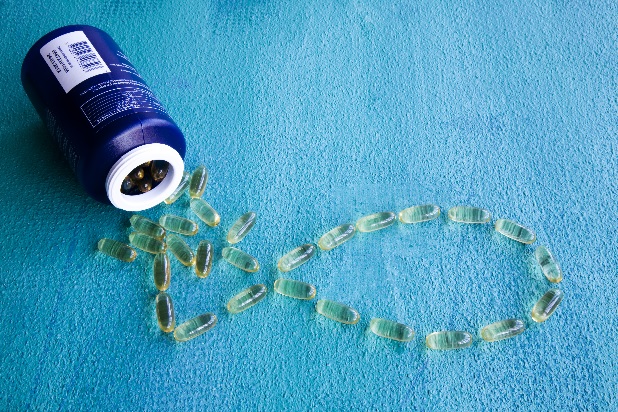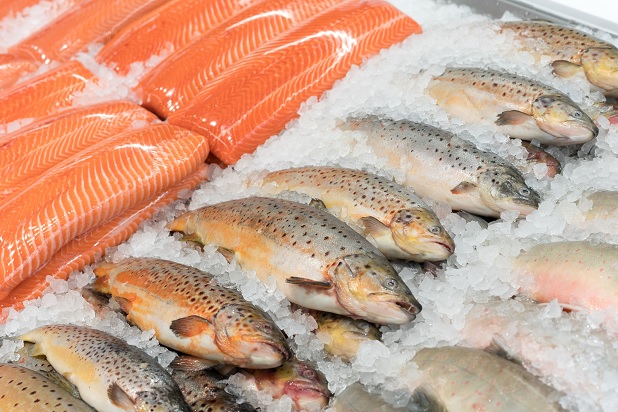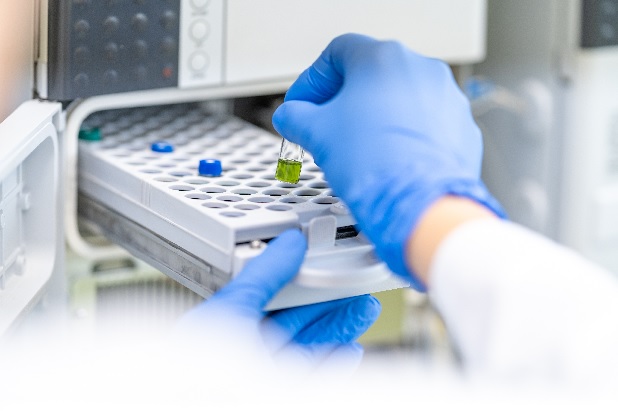
Chemical analyses of fish, fish products and fish feed
Fish and seafood are a rich source of proteins, vitamins, and minerals, as well as one of the best sources of omega-3 fatty acids and omega-6 fatty acids. The Chemical Laboratory has many years of experience in analyses targeted at the fishing industry. The most frequently used methods of analyses are listed below:
Fatty acid composition at GC-MS (FAME)
- Gas chromatography-mass spectrometry (GC-MS) of fatty acid ethyl esters (FAME) is a method used to identify and quantify fatty acids in a sample. It can be either free fatty acids, or total protected acids. In both cases, the fatty acids in the sample are both identified and quantified, and a number of derived parameters can be calculated, e.g. iodine count and peroxide count. In addition, the concentration of fatty acids of particular interest can be assessed, e.g. omega-3 and omega-6 fatty acids.

Total protein
- Total protein is the most frequently measured parameter for assessing the overall quality or value of fish, fish feed, or fish products. Most often, total protein is measured according to the Kjeldahl or Dumas methods, whereby the nitrogen in the protein is either oxidized to NH4+ (Kjeldahl) or reduced to N2 (Dumas) and then detected. The determined amount of nitrogen is correlated to total protein by predetermined correlation factors.

TVB-N (total volatile basic nitrogen)
- One of the first signs of rancidity and degradation of fish products is the formation of volatile amines, which most often have a characteristic odor. These are mainly small alkyl or arylamines such as di- and trimethylamine, pyridine, in addition to ammonia. These are measured in a modified Kjeldahl process (see above) whereby a recognized measure of the freshness of the fish product can be documented.
Oxidation and rancidity of fat by TBARS
- Thiobarbituric Acid Reactive Substances (TBARS) are used in the food industry to monitor lipid oxidation in products such as fish, meat, oils, and fats to assess the shelf life, quality, and freshness of the food. It is well known that lipids undergo oxidation during storage and consequently, several substances including malondialdehyde (MDA) are formed. MDA and other similar substances can react with thiobarbituric acid to form colored compounds that can be detected spectroscopically. The results are thus given as MDA equivalents per kilogram of sample.

Size chromatography (SEC)
- Proteins in fish meat are typically in the range of 15 kDa to 75 kDa, and thus somewhat smaller than proteins in red meat. When processing fish protein, such as drying, marinating, oxidation and fermentation, the proteins are affected, which can denature, agglomerate, or hydrolyze, for example. Understanding this process can be crucial to being able to manage the manufacturing process and accelerate product development.
- Size chromatography uses a special chromatographic column that sorts the proteins and peptides based on their size. The technique is used primarily qualitatively, to determine the differences of samples, for example, to determine the result of a particular treatment or the effectiveness of an antioxidant.